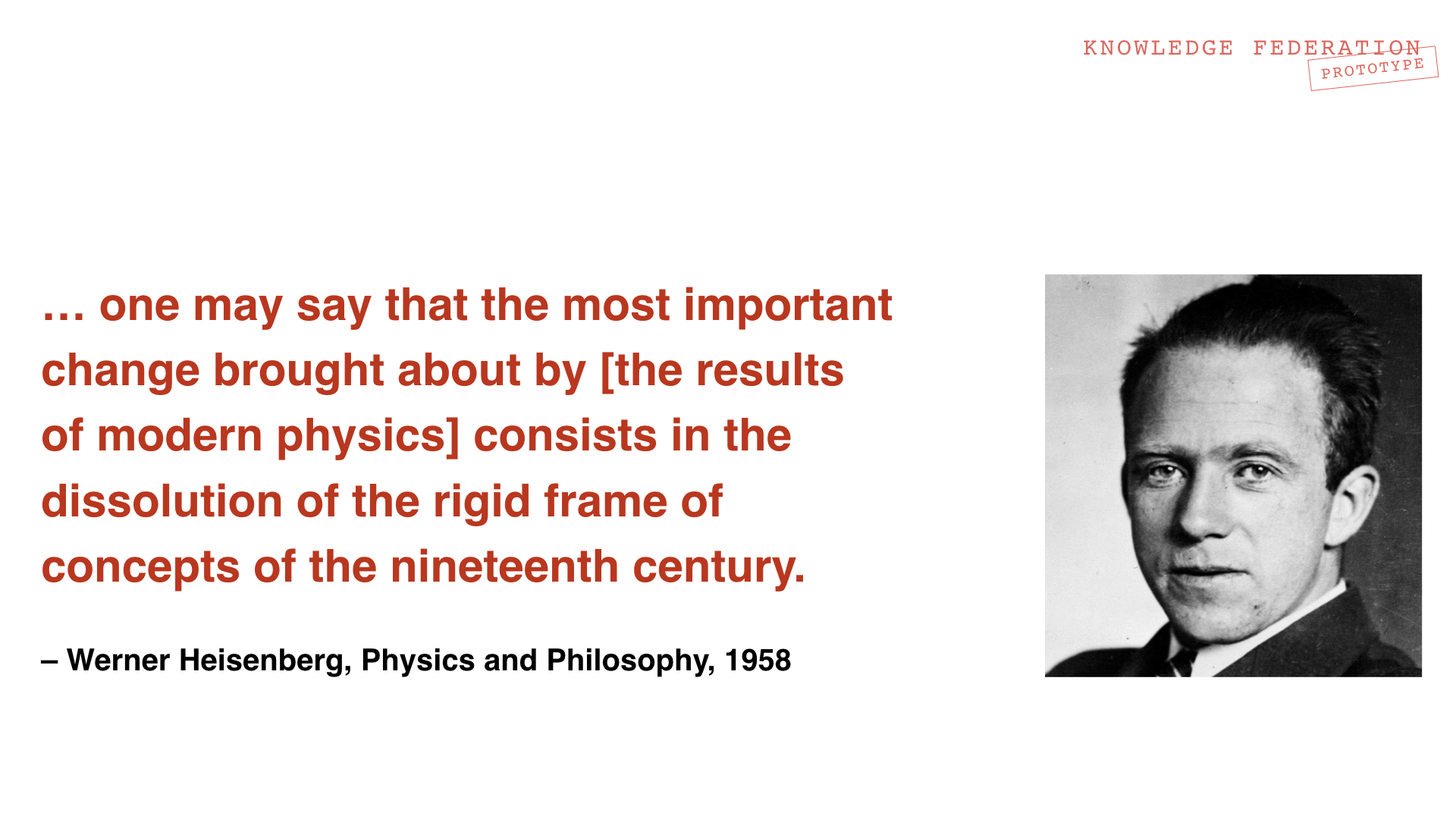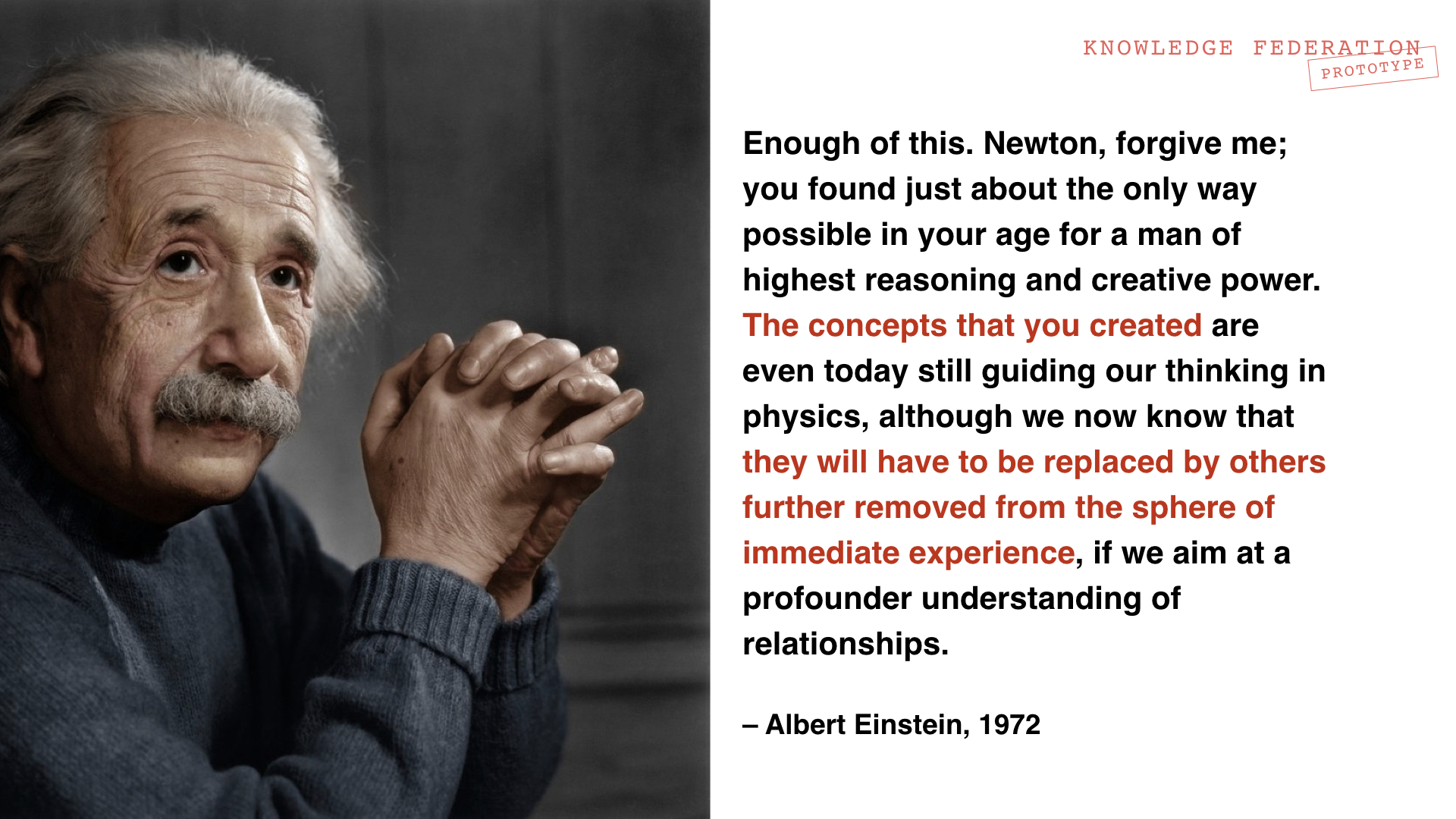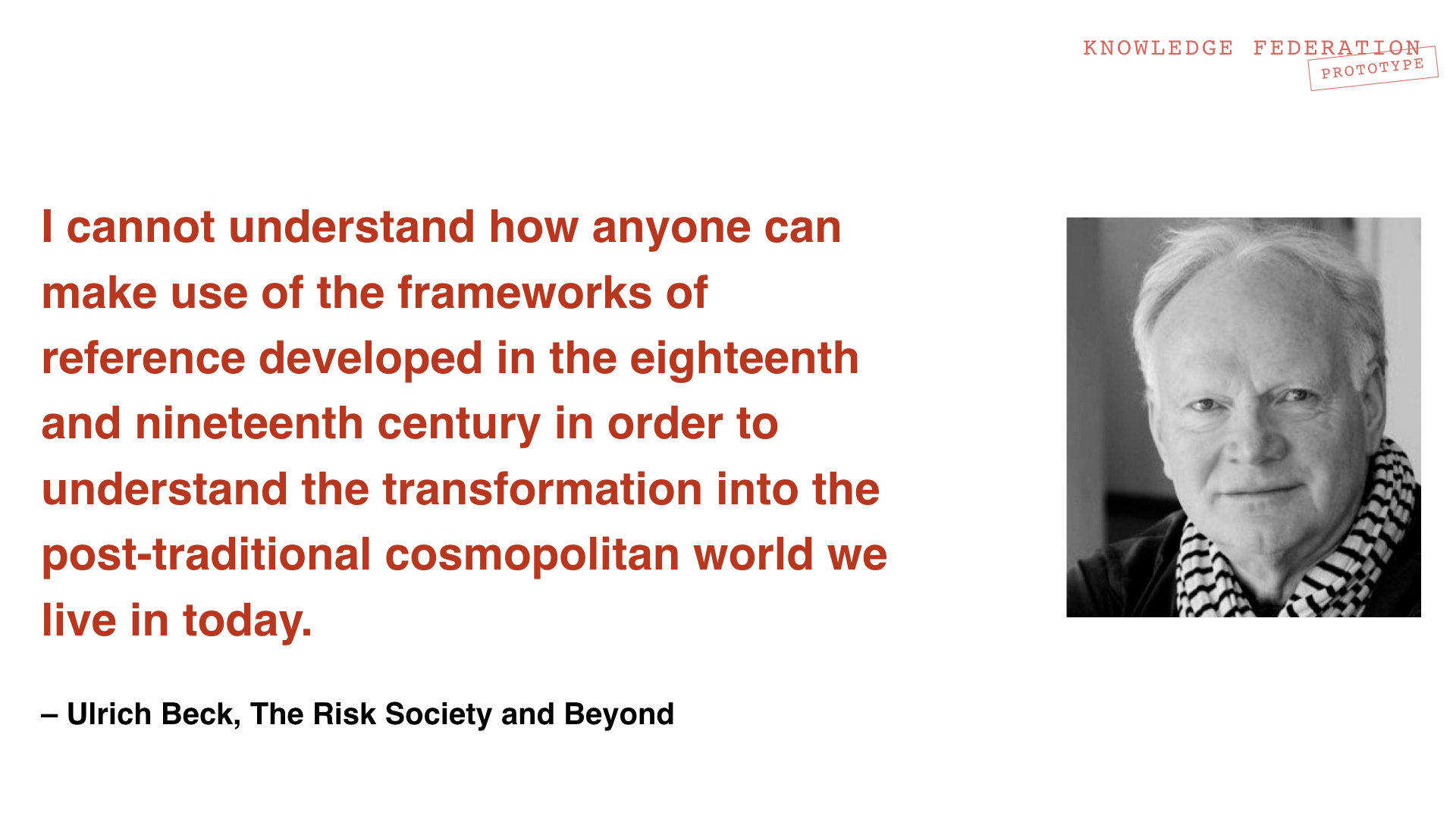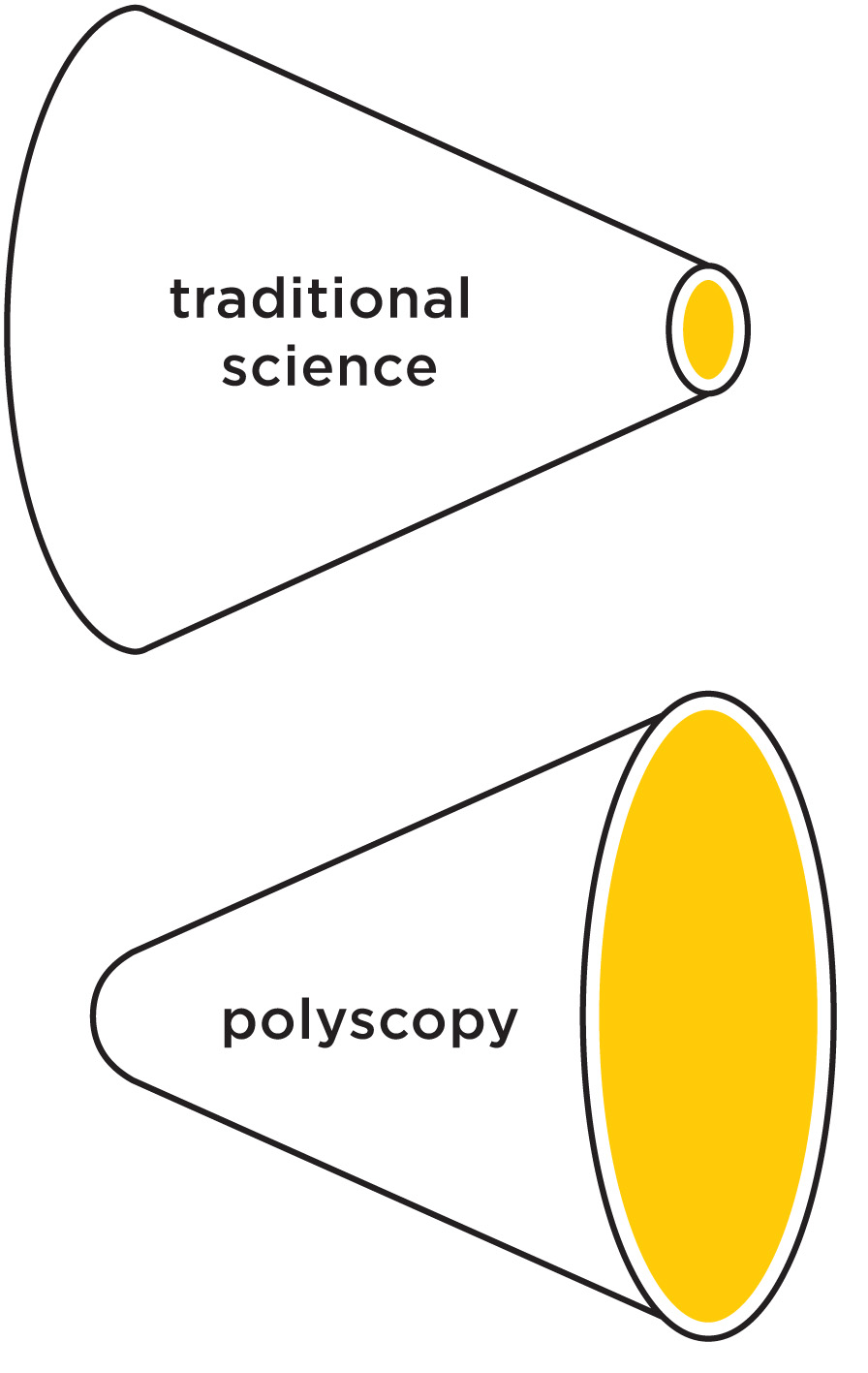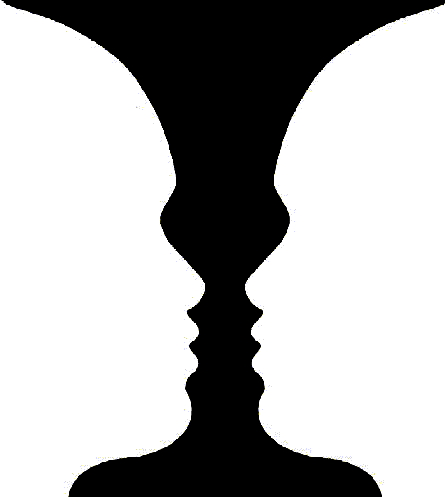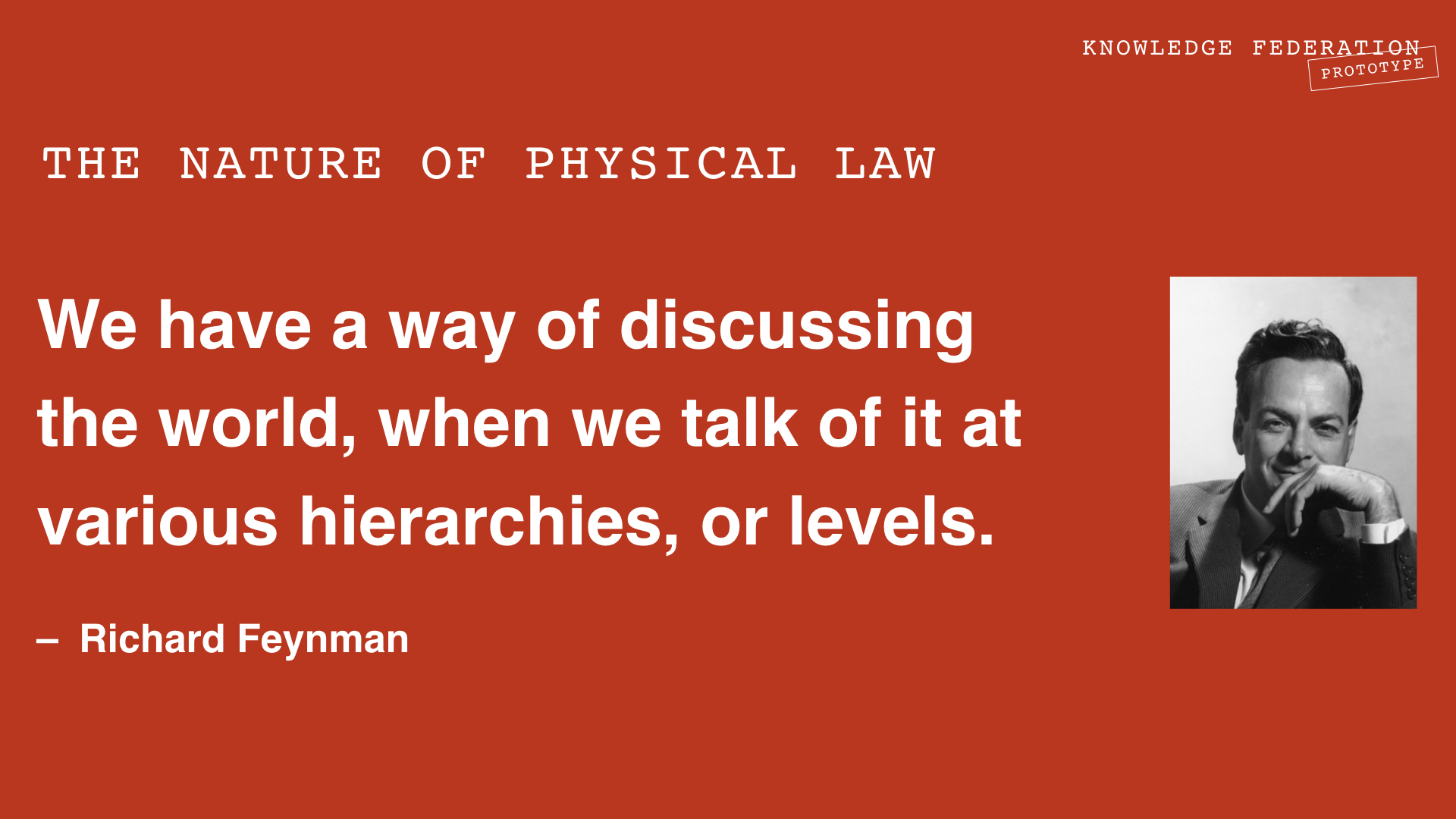Difference between revisions of "Holotopia: Narrow frame"
m |
m |
||
| Line 63: | Line 63: | ||
</p> | </p> | ||
<p>In the humanities and in philosophy it was amply confirmed that the ways of looking at the world we have inherited from the past will not serve us in this time of change. See our comments that begin [https://holoscope.info/2019/02/07/knowledge-federation-dot-org/#Beck here]. </p> | <p>In the humanities and in philosophy it was amply confirmed that the ways of looking at the world we have inherited from the past will not serve us in this time of change. See our comments that begin [https://holoscope.info/2019/02/07/knowledge-federation-dot-org/#Beck here]. </p> | ||
| − | |||
| − | |||
| − | |||
| − | |||
| − | |||
| − | |||
| − | |||
| − | |||
| − | |||
| − | |||
| − | |||
| − | |||
</div> </div> | </div> </div> | ||
| − | |||
| − | |||
<div class="page-header" ><h2>Ideogram</h2></div> | <div class="page-header" ><h2>Ideogram</h2></div> | ||
Revision as of 12:24, 21 May 2020
Contents
- 1 H O L O T O P I A: F I V E I N S I G H T S
- 2 Narrow frame
H O L O T O P I A: F I V E I N S I G H T S
Narrow frame
The approach to truth and meaning that our general culture adopted from the 19th century science constituted a <narrow frame</em> through which we are looking at the world. Being narrow, it has worked well for some purposes—notably for developing science and technology; and it's been devastating for others—notably for preserving and developing culture.
The gravest problem with science in that role, however, is that it constitutes a 'hammer'—a fixed tool applicable to only certain kinds of themes and issues. Hence we have a vast army of scientists creating information there where the 'hammer' applies; and leaving the vast areas where information is urgently needed in the dark.
XXXXXXX
Science became "the Grand Revelator of Modern Western Culture" through a series of historical accidents. A consequence is that our most trusted way of exploring the world is a "narrow frame"—well suited for some purposes (such as developing our understanding of the natural world, and technology), but poorly for others (notably for developing humans and culture).
An even larger problem, however, is that science constitutes a 'hammer'—a specialized set of tools, which make us favor disciplinary interests, and ignore the needs of people and osociety.
Stories
Narrow frame in physics
Science constituted a narrow frame
We adopt this keyword directly from Werner Heisenberg. Here is, roughly, the story he told in "Physics and Philososphy".
For quite awhile, the "classical" approach in the sciences (to provide "mechanisms behind" or causal explanations to observable phenomena) worked so well, and were so superior to what existed earlier, that it was natural to adopt them as a general way to truth and meaning—in academia (see our commentary of Stephen Toulmin's book "Return to Reason" here), and beyond. But then it turned out that this approach to knowledge was too narrow even for explaining the physical phenomena!
In "Physics and Philosophy" (subtitled "Revolution in Modern Science"), Heisenberg observed that the way of looking at the world that our general culture adopted from the 19th century physics constituted a "rigid and narrow frame", which was damaging to culture. Heisenberg explained why the results in contemporary physics amounted to a scientific disproof of the narrow frame—and why he considered that to be perhaps the main gift that modern physics gave to humanity (see our summary here).
Click here to hear Heisenberg say that
Most people believe that the atomic technique is the most important consequence. It was different for me. I believed that the philosophical consequences from atomic physics will make a bigger change than the technical consequences in the long run. (...) So we know because of atomic physics and what was learned from it that general problems look different than before. For example, the relationship between science and religion, and more generally, the way we see the world.
Knowledge can grow 'upward'
Einstein's "Autobiographical Notes" is, roughly, Einstein's equivalent of Heisenberg's just mentioned book—where Einstein looks back at the whole experience of modern physics, and draws conclusions. Einstein first lists all the successes that were derived directly from Newton's approach, then the "anomalies"—phenomena that could not be handled in that way. Then he offers a somewhat dramatic conclusion, as shown above.
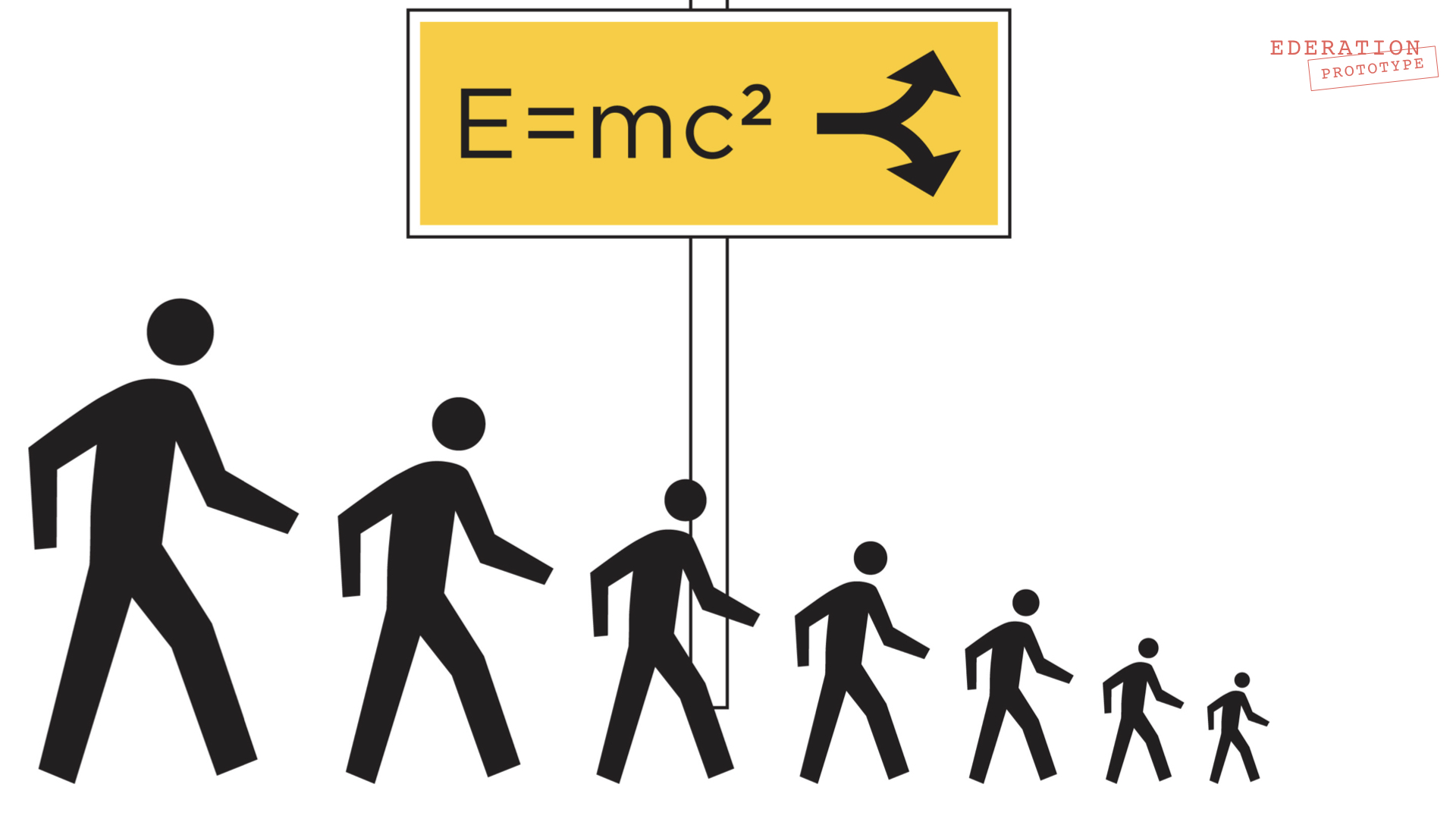 Science on a Crossroads ideogram
Science on a Crossroads ideogram
We condense the whole thing to the above ideogram (an alternative to the one given below?). The moment Einstein was describing was that Newton created a method and a set of concepts, which offered only an approximation of "physical reality"—which was good enough for a couple of centuries of progress, but not any longer. Immediately, Einstein explains that they will have to be replaced (by physicists, of course) by ones "further removed from ...", i.e. ones that are more technical and less intuitive. Science, following its own course, continued to evolve 'downwards'.
But a completely different direction at that point also became possible: To do what Newton did in all walks of life! Create concepts and methods that work approximately, but well enough...
The method we are proposing builds on Einstein's "epistemological credo", given in Autobiographical notes (which we commented on here).
I shall not hesitate to state here in a few sentences my epistemological credo. I see on the one side the totality of sense experiences and, on the other, the totality of the concepts and propositions that are laid down in books. (…) The system of concepts is a creation of man, together with the rules of syntax, which constitute the structure of the conceptual system. (…) All concepts, even those closest to experience, are from the point of view of logic freely chosen posits, just as is the concept of causality, which was the point of departure for this inquiry in the first place.
Narrow frame in humanities
In the humanities and in philosophy it was amply confirmed that the ways of looking at the world we have inherited from the past will not serve us in this time of change. See our comments that begin here.
Ideogram
The Polyscopy ideogram, with which we summarize the narrow frame insight, points to the key idea: Once we understood that the methods developed in the sciences are just human-made ways of looking at things or scopes—it became natural to adapt them to the purposes that need to be served; notably to the purpose of seeing things whole.
Keywords
Keyword and methodology
Everything here is defined by convention—which allows for a consistent and complete departure from narrow frame.
Keywords are concepts defined by convention; a methodology is a method defined by convention—which includes a "study of method", i.e. a justification. A methodology is, in other words, federated.
The Polyscopic Modeling methodology, alias polyscopy, is a general-purpose methodology; not a 'hammer', but a flexible searchlight, which can be pointed at any theme or issue, to illuminate it from any chosen angle, and on any level of abstraction or generality.
Polyscopy is a generalized "scientific method". whose purpose is to provide information according to contemporary needs of people and society.
Scope and view
Pattern and ideogram
In the generalized science, as modeled by polyscopy, the pattern and the ideogram roughly correspond to the mathematical function and the corresponding symbolic representation. "E = mc2" is a familiar example. By why use only mathematics? The patterns and the ideograms generalize the approach to science completely; they can be, in principle, anything that works...
Perspective and gestalt
The perpective is a criterion, one of the four criteria in Polyscopic Modeling definition. This criterion requires that we design scopes in such a way that a correct perspective is offered (a view from all sides, which shows the whole in correct proportions).
A gestalt is the meaning of it all. The core goal of polyscopy is to use scope design to correct the perspective, so that a gestalt that is appropriate to the situation at hand can be found, expressed and acted on.
When I type "worldviews", my word processor signals an error; in the traditional order of things, there is only one single "right" way to see the world—the one that "corresponds to reality". In the holoscope order of things we talk about multiple ways to interpret the data, or multiple gestalts (see the Gestalt ideogram on the right).
A canonical example of a gestalt is "our house is on fire"; in the approach to knowledge modeled by the holoscope, having a gestalt that is appropriate to one's situation is tantamount to being informed.
Prototypes
Polyscopic Modeling methodology
In our prototype of the holoscope and the holotopia, the Polyscopic Modeling methodology models a generalization of the scientific method, which suits both.
By using truth by convention, we create keywords and more generally scopes, and overcome the narrow frame issue. The methodology itself has a definition, which is a convention.
The goal is, of course, an academic way to create truth and meaning, which is completely general and hence can be directed by scope design (we liberate our attention from the dictates of the tool, and direct it where it is most needed).
By convention, the meaning in this approach to knowledge is the "aha" we experience when our model sufficiently fits the data. It is a mnemonic device—a way to abstract, to "hide" a massive amount of data, and "export" meaning.
Truth (we avoid this word) is, by convention, a result of knowledge federation, which is a deliberately designed and evolving social process. Through it, we maintain coherence, relevance, and whatever else is needed to assign value to pieces of information. (Value, however, is not fixed, but a value matrix, see the corresponding prototype in Applications.)
Instead of factual truth ("correspondence with reality"), polyscopy introduces four criteria.
Similarly, the result of federation, which is a social process by which any contributed "piece of information" is evaluated, is not a yes-or-no but a value matrix, which has a multiplicity of criteria, and offers scopes and views, that is, a flexible access.
Instead of a 'flat' "reality picture", polyscopy produces a structure of views and scopes. Not exactly a hierarchy. Rather, scopes may be seen as being organized as viewpoints on a metaphorical 'mountain', where some are low-level and others high-level; and where (just as a person walking on a mountain would) one is given an orientation to navigate, understand what is big and what is small, what angle of looking is being used etc. All this, of course, invites a creative use of new media.
In "Structure of Physical Law" (Richard Feynman's counterpart of the earlier mentioned books by leading physicists), we find the following almost poetic description of the goal of polyscopy as science.
"We have a way of discussing the world, when we talk of it at various hierarchies, or levels. Now I do not mean to be very precise, dividing the world into definite levels, but I will indicate, by describing a set of ideas, what I mean by hierarchies of ideas. For example, at the one end we have the fundamental laws of physics. Then we invent other terms for concepts which are approximate, which have, we believe, their ultimate explanation in terms of the fundamental laws. For instance, 'heat'. (...) As we go up in this hierarchy of complexity, we get to things like muscle twitch, or nerve impulse, which is an enormously complicated thing in the physical world, involving an organization of matter in a very elaborate complexity. Then come things like 'frog.' And then we go on, and we come to words and concepts like 'man,' and 'history,' and 'political expediency.'
Which one is nearer to God; if I may use a religious metaphor. Beauty and hope, or the fundamental laws? I think that the right way, of course, is to say that what we have to look at is the whole structural interconnection of the thing; and that all the sciences, and not just the sciences but all the efforts of intellectual kinds, are an endeavor to see the connections of the hierarchies, to connect beauty to history, to connect history to man's psychology (...). And today we cannot, and it is no use making believe that we can, draw carefully a line all the way from one end of this thing to the other, because we have only just begun to see that there is this relative hierarchy."

